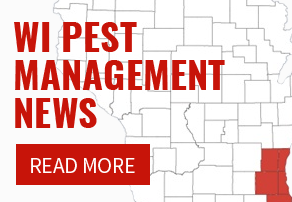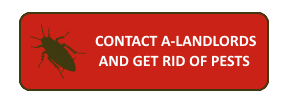Seasonal Fertilizing in South East Wisconsin
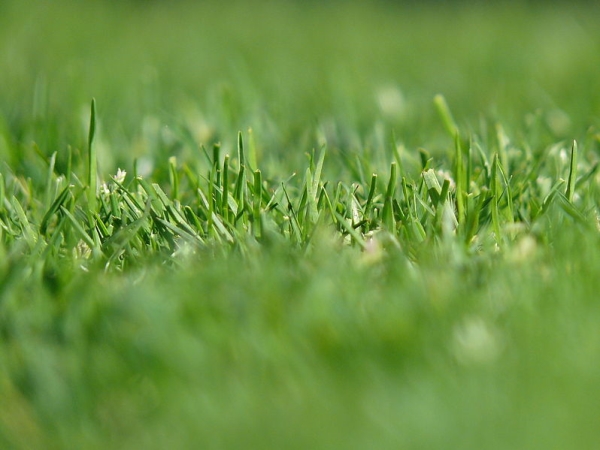 Whether you’re in downtown Milwaukee or live several miles from your closest neighbor everyone wants a beautiful lawn. At A-Landlords, we have the fertilization services to make your lawn look its best.
Whether you’re in downtown Milwaukee or live several miles from your closest neighbor everyone wants a beautiful lawn. At A-Landlords, we have the fertilization services to make your lawn look its best.
With professional equipment and years of lawn care expertise, our lawn care specialists will provide you the best lawn fertilizing service in Wisconsin.
Why fertilize your lawn
Nobody has time to mulch, plant, turn soil, or monitor your soil health 24/7…that’s why A-Landlords is here to provide the assistance you lawn needs.
Regular fertilization helps promote stronger, healthier grass growth. When Wisconsin summers hit, enjoy your lawn and let us take care of the hard work.
What time of year do you fertilize your lawn?.jpg)
We know you’ve got to be asking yourself this every time the snow melts to reveal a sad layer of yellow or brown grass, but when is the right time to fertilize your lawn?
We recommend a professional application of fertilizer specific to your vegetation twice a year to keep your lawn green. The first application should happen around April or May, when your lawn is doing the most growing. The second application should occur at the end of summer as the weather begins to cool again, but not during freezing temperatures.
For an even healthier lawn, we recommend regular seasonal fertilizing from professionals who know when it’s time. Never fertilize your lawn mid-summer when the temperatures peak: the salt content in the fertilizer mixed with the heat will dry out your lawn and result in fertilizer burn, effectively killing your yard.
Lawn Fertilizing Process
Fertilizing your lawn may seem like an easy process, as we’ve outlined below, but it takes a true professional to understand what your lawn needs and how much fertilizer is good for your lawns specific vegetation.
- Water your lawn a day or two prior to fertilizing
- Spread fertilizer around the perimeter of your lot
- Fill in remaining middle area with fertilizer
And that’s all! But did you know that depending on your lawn, you may need a broadcast spreader or a drop spreader to properly apply the fertilizer? Or, that your lawn may need different chemicals than your neighbor’s lawn?Why go through the hassle and worry of taking lawn care, when you call on 25 years of experience to get the job done right—and fast.
Dangers of Overkill: Fertilizer Burn
Lawn fertilizer burn results in brown or yellow dead grass blotches scattered across your yard—absolutely NOT the kind of aesthetic you want to show off when the weather finally turns up. Adding excessive amounts of fertilizer to your lawn will result in large salt deposits which can interrupt water absorption by the roots and kill the grass.
Will over fertilized grass ever grow back?
It will take a lot of work to get your lawn back to the starting point—including monitoring the water levels, expensive seeding, mulching to feed the grass and soil, or, worst case scenario, you have to dig up that section of the lawn and replace it with new grass.
Don’t go through the hassle of fixing mistakes—let a professional handle your lawn so you get the results you dreamed of, the first time around.









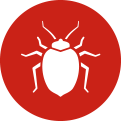 Bed Bug
Bed Bug Ant
Ant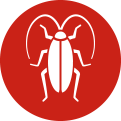 Roach
Roach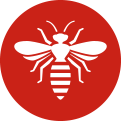 Wasp
Wasp Spider
Spider Rodent
Rodent